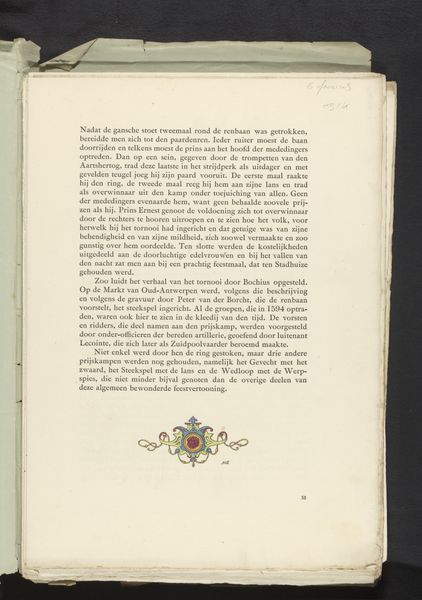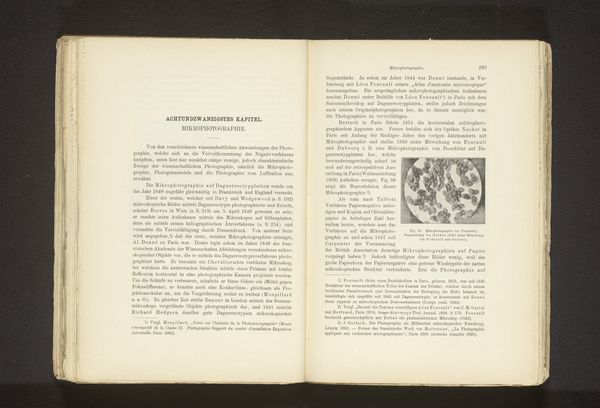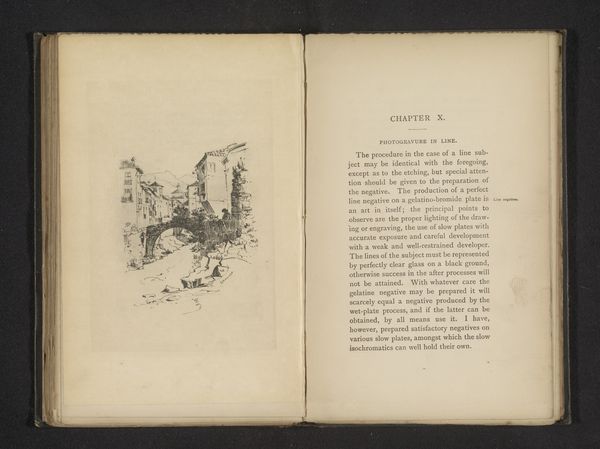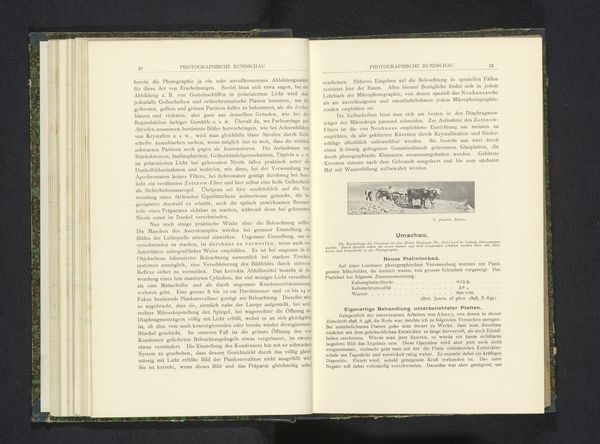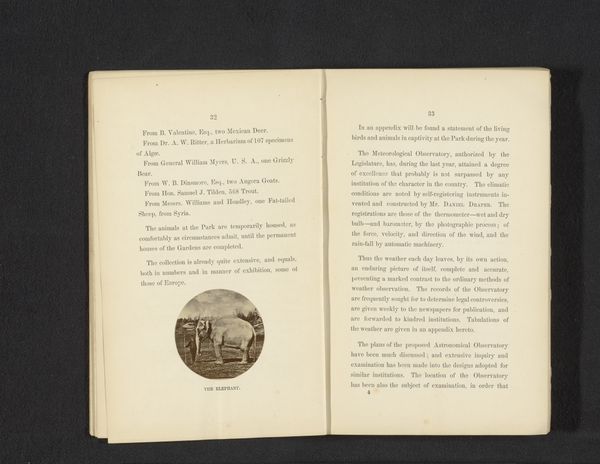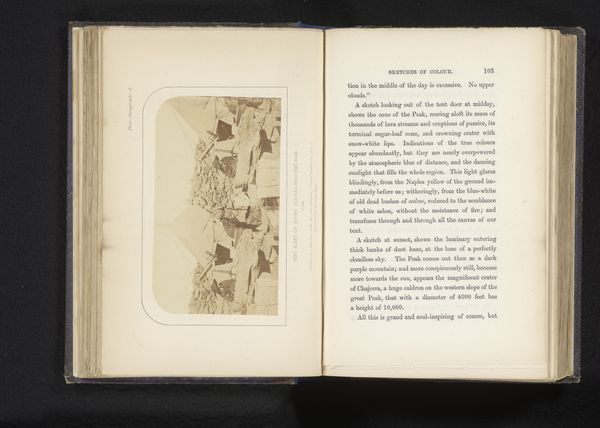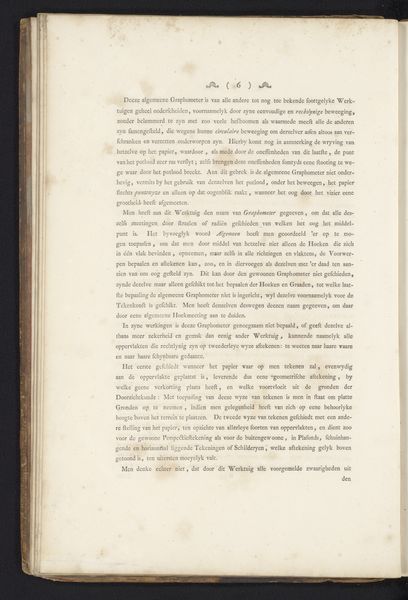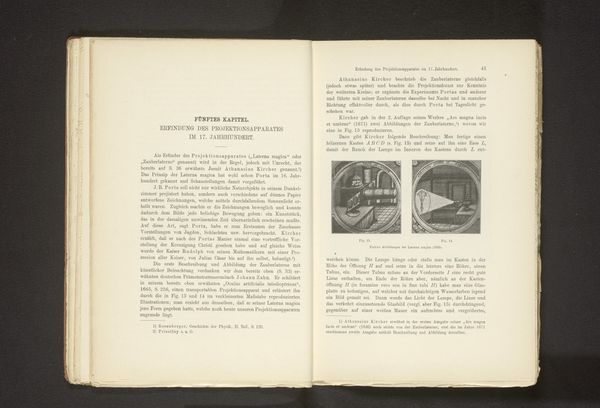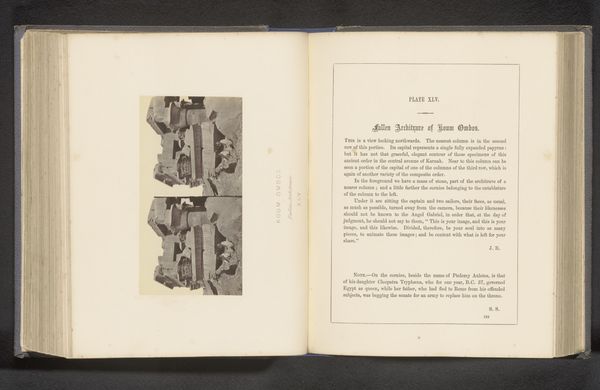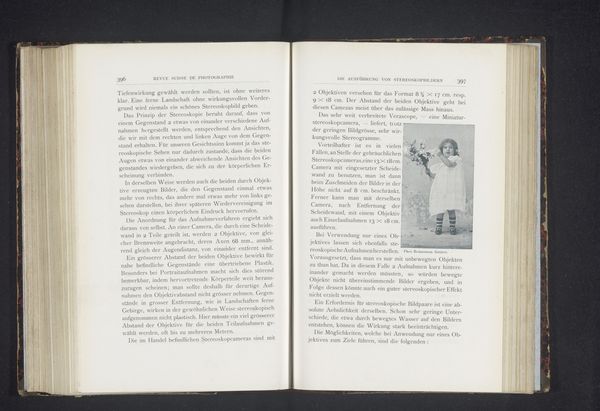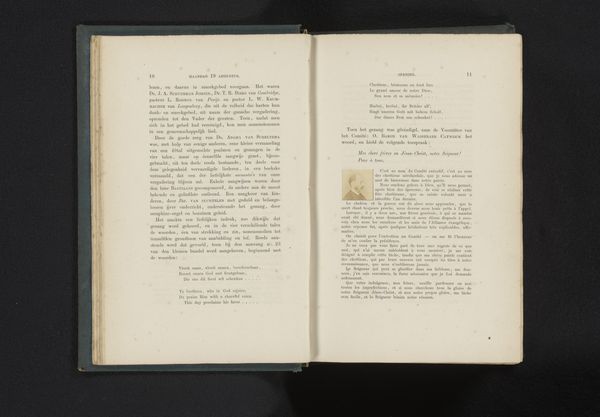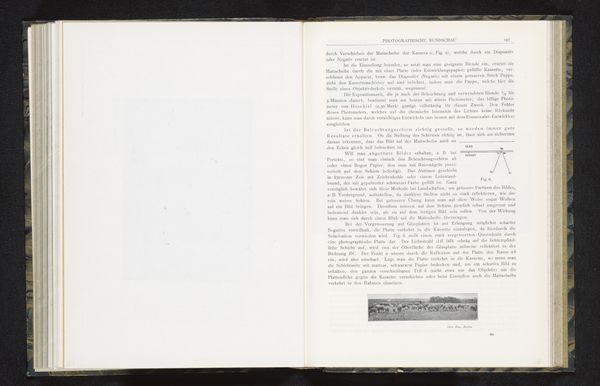
De wijk Oud-Antwerpen in de wereldtentoonstelling van 1894 / in beeld gebracht door Frans van Kuyck; beschreven door Max Rooses 1894
0:00
0:00
print, watercolor
# print
#
watercolor
#
watercolour illustration
#
genre-painting
Dimensions: height 468 mm, width 325 mm, thickness 10 mm
Copyright: Rijks Museum: Open Domain
Curator: Well, here’s something that gives me pause, and I can’t quite put my finger on it. Editor: Maybe I can help. This watercolor illustration, appearing as part of a print, presents “De wijk Oud-Antwerpen in de wereldtentoonstelling van 1894”, by Frans van Kuyck, and described by Max Rooses. The scene depicts a detail of what seems to be the "Old Antwerp" district at the World's Fair of 1894. A lovely, vibrant homage, I’d say. Curator: Hmmm, on closer inspection, I’m struck by how staged it feels. Like a theatrical tableau rather than a slice of life. Even the central figure, the child sitting on the chair seems posed and unnaturally lit, under what appears to be ribbons inscribed with the saying "Zoo de oude zongen zoo piepen de jongen". "As the old sing, so the young peep". Editor: The deliberate artifice might be the point! Remember, world's fairs were about constructing realities. In fact, these world fairs could often play on cultural memory and even fabricate authenticity to conjure very particular narratives. Curator: And who controlled that narrative? "Old Antwerp" seems like a romanticized, sanitized version of history, crafted to elicit specific feelings about Flemish identity, and perhaps aimed to reinforce social hierarchies... Editor: Exactly! The child is more than just decoration. S/he is a symbol of continuity. A tool, even, deployed to reinforce that link between past and present, suggesting that current cultural values are inherently inherited and ought not be changed or abandoned. Curator: A loaded image, for such a diminutive illustration! This child now looks to me like a symbol caught in the gears of some machine to do with Flemish identity politics. Poor little cherub... Editor: Right! It really brings out questions about how societies use imagery to project and protect particular ideas, generation after generation. Always such power imbued within art. Curator: True indeed. The image now is forever altered to me; a sweet sentiment forever tainted. I wonder what future viewers will feel?
Comments
No comments
Be the first to comment and join the conversation on the ultimate creative platform.
